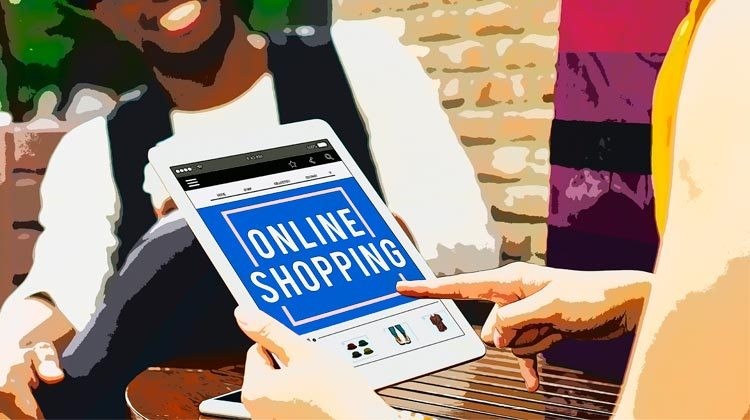Top 3 Metrics for Facebook Ecommerce Campaigns
by Brandon Thurgood • April 14, 2018
I’m a big fan of Facebook ecommerce campaigns. They’re a great way to increase the reach of your advertising, they’re affordable and—most importantly—they work.
However, just because you launch an ecommerce campaign on Facebook doesn’t mean that you’ll instantly start making money hand over fist. If you keep at it, Facebook ecommerce can be extremely profitable, but you usually have to make a lot of tweaks and adjustments to get there.
Running Profitable Facebook Ecommerce Campaigns
The key to successfully optimizing your Facebook ecommerce campaigns is tracking.
Tracking the right ecommerce metrics on Facebook gives you important insights into what’s working—and what isn’t. This clarity will drive all of your decisions from optimizations, to budget increases, to ad copy tests and so on.
Here are the top 3 metrics that you should be tracking and focusing on in your Facebook ecommerce campaigns:
1) Website Purchases
“Website purchases” allows you to track the volume of purchases your account is driving.
However, to do this properly, you need to make sure that you’ve set up the Purchase event in your Facebook pixel (for more information on how to do that, check out this article). This will ensure that the purchases you are seeing are purchases that have come from somebody that previously clicked on your ad.
Looking at purchase volume gives you a good idea about how your campaigns, audiences and ads are best performing. You can use this metric as you are A/B testing your ad copy to see which ads drive more purchases or higher quality traffic.
2) Cost per Website Purchase
Sometimes referred to as CPA (cost per acquisition), your cost per website purchase is going to tell you how much ad spend you are using for one person to make a purchase on your site.
Obviously, the lower the cost per purchase, the better. By making sure you are continually focusing on keeping this number down, you should be in good shape.
If you look at your CPA at a campaign level, you will be able to see which campaign type is driving the lowest cost per purchase.
As you go into each campaign, you will be able to make the same analysis on your audiences to find which audience is best suited for your product. This will allow you to better allocate your budget to audiences that are performing better than others; therefore, eliminating wasted ad spend and pushing budget to what is working best.
3) Return on Ad Spend
Even though return on ad spend (ROAS) is the last metric on the list, the phrase save the best for last is absolutely applicable in this scenario.
As long as you have revenue tracking set up to be dynamically pulled on the purchase event, you can see exactly how much new revenue your campaigns, ad groups and ads are producing.
This is great, because at a glance, you can compare the revenue you are making with how much you are spending to get your ROAS.
ROAS is often tracked as a single number shown as a multiple (for more information on how to do that, check out this in depth article on ROAS). For example, if you have a ROAS of 4.3, that means that you are making $4.30 for every $1 that you are spending.
Now the question is, how do you know if your ROAS is good or not?
In most cases, a 3x ROAS tends to be a breakeven point. Generally speaking, after you account for materials, manpower, etc, if a new sale isn’t worth at least 3x what you spend on advertising, you’re probably losing money.
At a 3x ROAS, you are breaking even.
This is definitely contingent on your business and the margins you get on your products, but is a good rule of thumb. Once you can get up to a 4x ROAS, you are profitable. At a 5x ROAS (or higher), your Facebook ecommerce campaigns are scale-able.
As you can probably imagine, this metric is extremely important and an easy way to get a good gauge on what is happening in your account, campaign, ad set, or ad with a single glance.
Conclusion
Of course, these aren’t the only important metrics to track in your Facebook ecommerce campaigns, but they are some of the most important ones to watch.
Other leading metrics you may want to consider include click-through rates, cost per click, conversion rates, and so on. However, the three metrics above are the lagging metrics that you should always have your eye on when tracking ecommerce sales with your Facebook ads.
By the way, if you’d like help with your Facebook ecommerce campaigns, let me know here or in the comments. I’d love to help!
What metrics do you track in your Facebook ecommerce campaigns?





